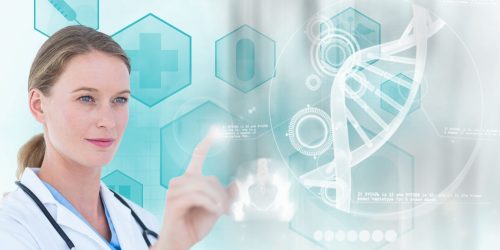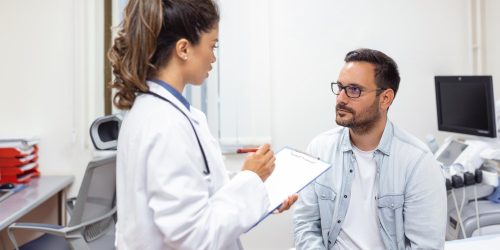Heal Naturally with Regenerative Medicine
Harness your body’s own power to repair and recover from chronic pain.
Our expert pain specialists at Pain Medics offer advanced regenerative therapies like PRP and stem cell treatments to accelerate healing and reduce pain—without surgery.
Book Your Consultation Today

Understanding Regenerative Medicine
Regenerative medicine is a medical field that focuses on developing therapies to repair, regenerate, or replace damaged or diseased cells to restore the normal functions of cells, tissues or organs in the body.
It promotes healing and reduces pain by stimulating tissue repair, reducing inflammation, and restoring function. Regenerative medicine offers long-lasting relief for conditions like osteoarthritis, tendon injuries, and chronic pain while minimizing the need for surgery and pain medications. Leveraging therapies like stem cells and PRP provide a safe, natural, and effective alternative for pain management.
Types Of Regenerative Medicine
Platelet-Rich Plasma (PRP) Therapy
Stem Cell Therapy
Prolotherapy
Growth Factors
Regenerative Medicine Helpful In
- Osteoarthritis of knee, hip and shoulder
- Shoulder tendon and ligament injuries, such as partial tears of rotator cuff muscles
- Elbow conditions like tennis elbow and golfer’s elbow
- Degenerative conditions of discs such as Intradiscal tears and facet joint arthritis
- Heel conditions such Achilles Tendinopathy and Plantar Fasciitis
- Sports-related muscle and tendon sprains

Procedure and Safety Considerations

- Doctor checks health and suggests treatment
- Small sample (blood, fat, or bone marrow) is taken
- Sample processed to extract healing cells
- Cells injected or implanted into damaged area
- New cells repair tissue, reduce pain, and improve function
- Follow-up checks ensure proper healing
